By Lucia Carbone for American Numismatic Society (ANS) ……
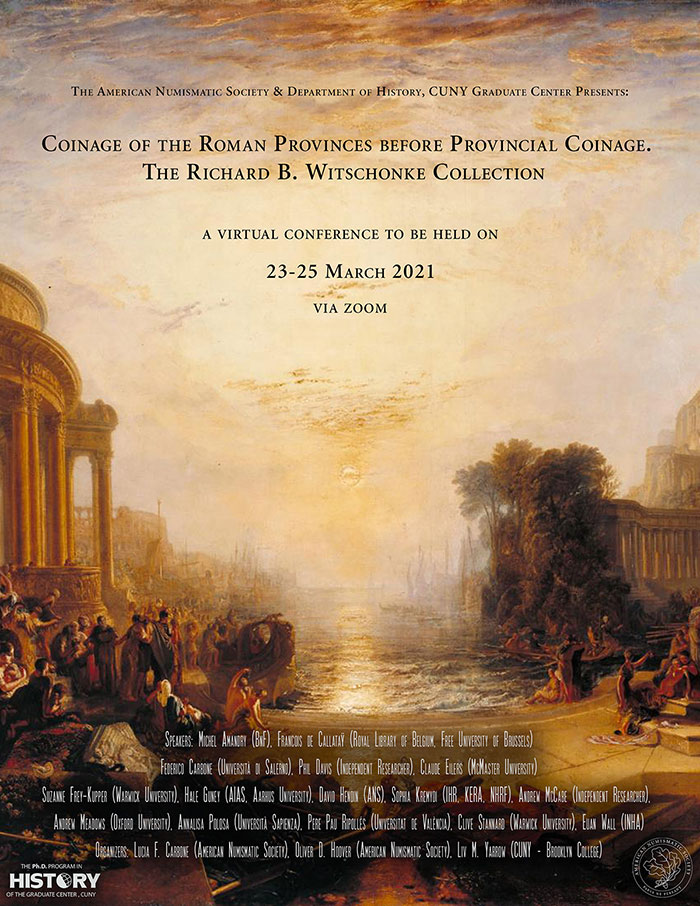
Part 1 | Part 2
The third and final day of the conference, chaired by Joel Allen and Liv Yarrow, was dedicated to Roman Republican coinage and its imitations in the Roman World.
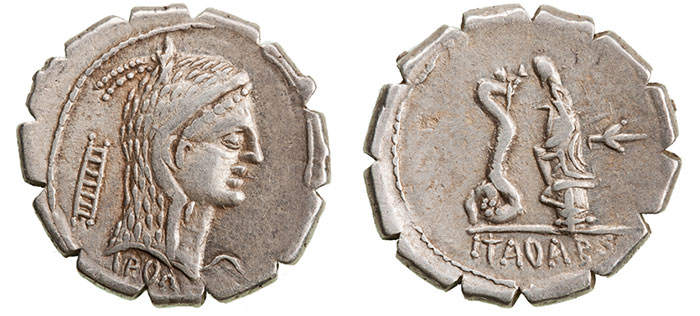
In the first paper of the day, given by A. McCabe, building on some of his previous publications, shared a study he jointly conducted with the late Roberto Russo. He argued that there were two parallel Roman mints or workshops using the L mintmark, one associated with the city of Luceria and the other with the separate mint or workshop responsible for the LT coinage.
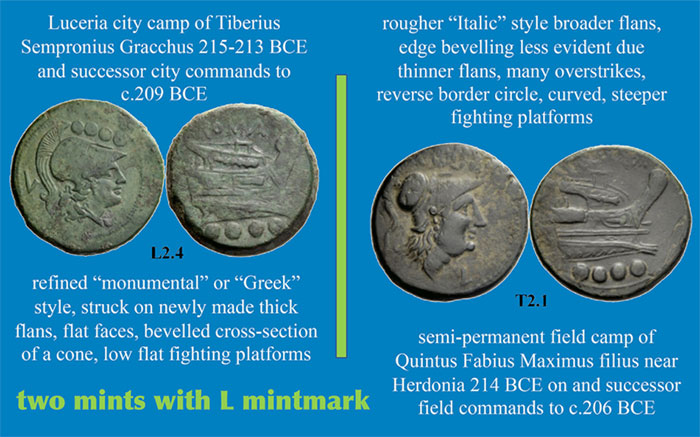
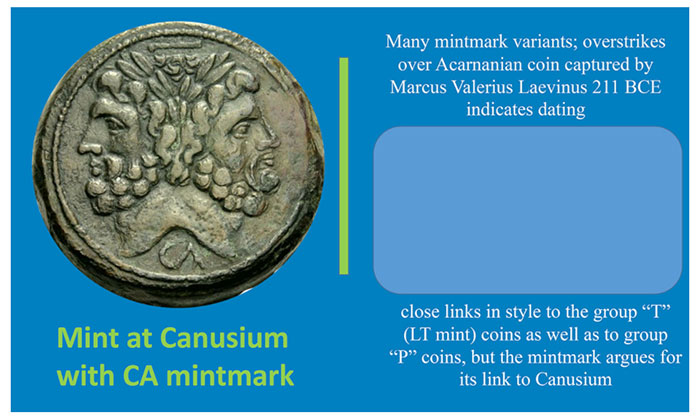
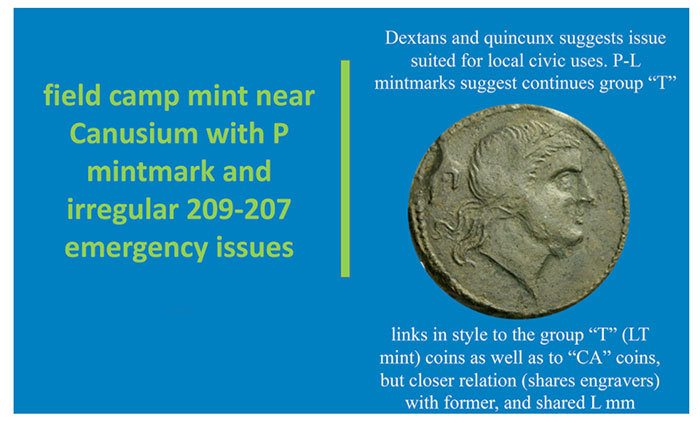
Moreover, the P-mintmarked coins were closely related to the coinage of Canusium, whose production is usually identified by the mintmark CA. The reason for the existence of these closely related issues—yet distinguished by style and weight—issues should be found in the events connected to the Second Punic War. Especially in 215–207 BCE, Apulia represented a major battlefield and for this derived the necessity of several camp mints moving with the armies.
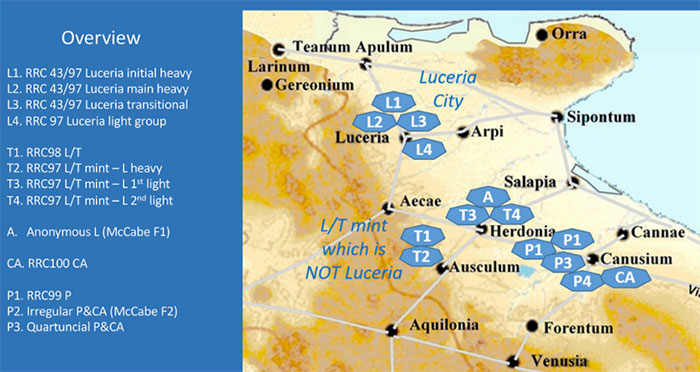
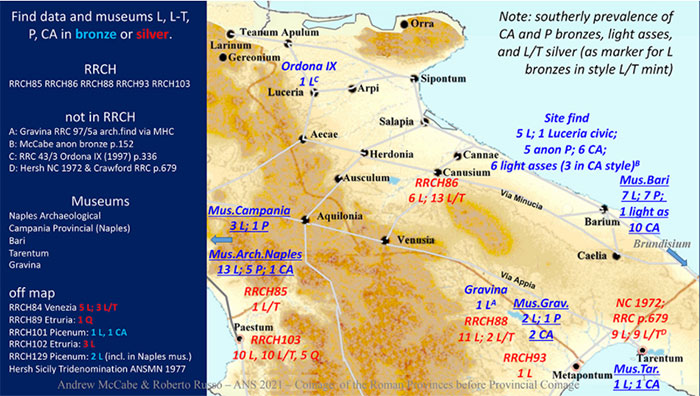
In a fascinating paper, L. Yarrow connected the production of the uncia, a very rare denomination of which only 94 specimens are known so far, to the political agenda of the moneyers.
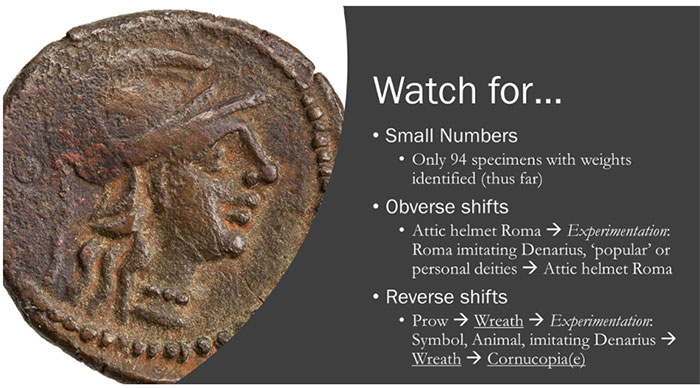

Building on a passage of Cicero (On Duties 3.80) and prosopographical and metrological considerations, she convincingly argued that the production of unciae could be explained by the moneyers’ desire to be seen as addressing popular needs.
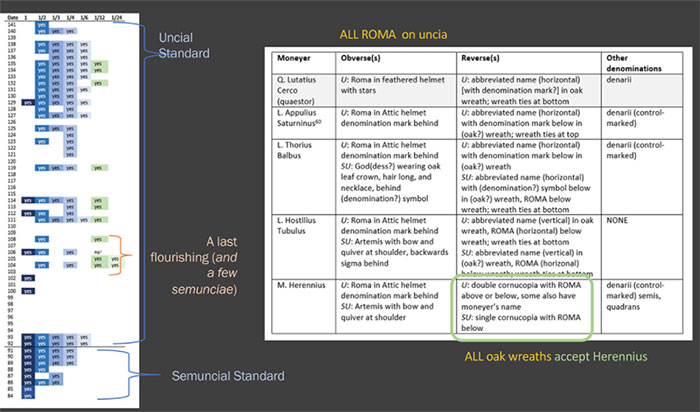
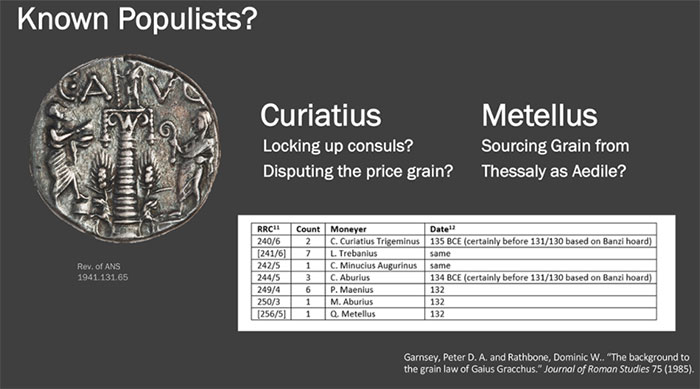
The third paper of the session, delivered by P. P. Ripollès, focused on the unofficial imitations of Roman Republican coinage produced in Spain. The RBW Collection includes the highest number of these imitations in the world and thus its contribution to their study is invaluable. In his presentation and in a series of articles, one of which was co-authored by Rick, Ripollès argued that the Spanish imitations were not counterfeits, but should be considered a local answer to the chronic dearth of small change, caused by Rome’s irregular production of bronze denominations.
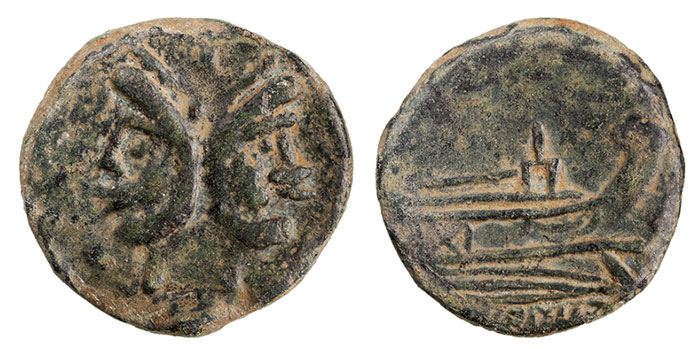
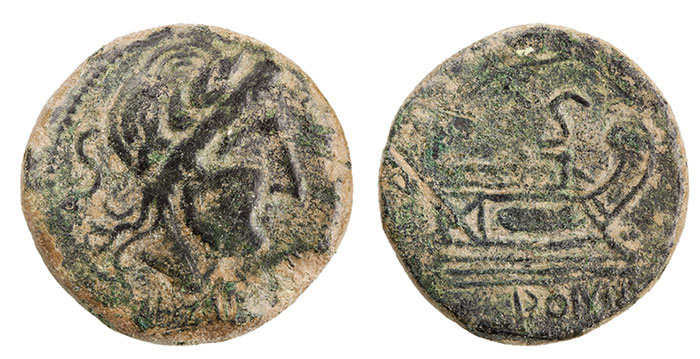
He also showed that these imitations, produced by a non-state and non-civic mint (or mints), were produced on a large scale, comparable to medium-size mints of the likes of Castulo. The scale of this phenomenon shows that the Romans were not only aware of it but probably encouraged it.
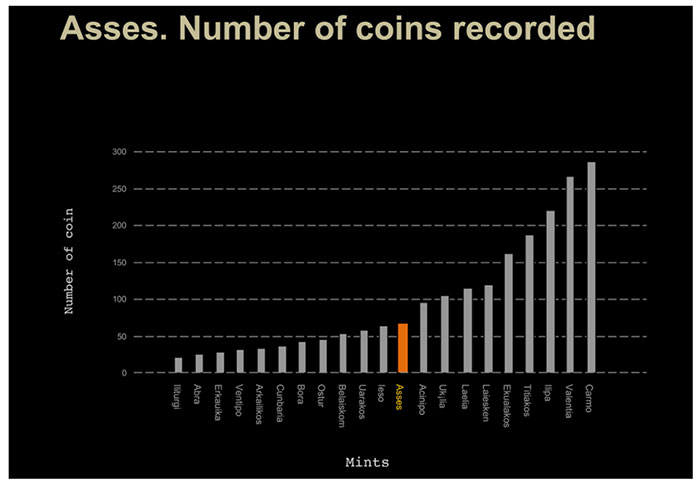
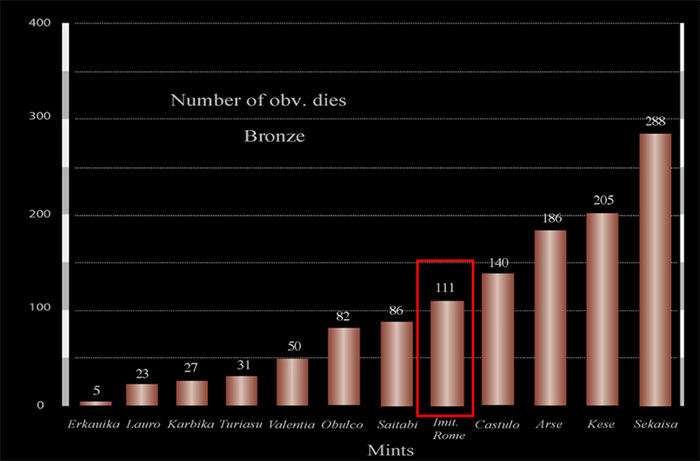
P. Davis delivered a paper on the Geto-Dacian imitations of Roman Republican denarii.
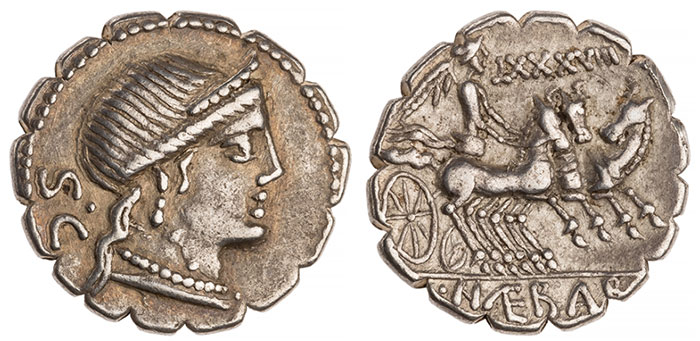
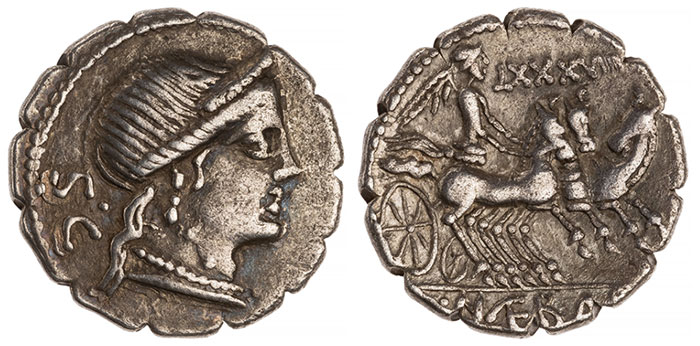
Again, the contribution of the RBW Collection to this specific field is fundamental, as it includes over 300 specimens of these coins. Davis’ contribution focused on the question of the circulation of these imitations and on the techniques used for their production. The study of these imitations could shed some light on the possibility of a coordinated minting operation in pre-provincial Dacia.
In his paper, F. Carbone discussed the monetary production of the colony of Paestum, which spanned the late third century BCE to the Tiberian Age.
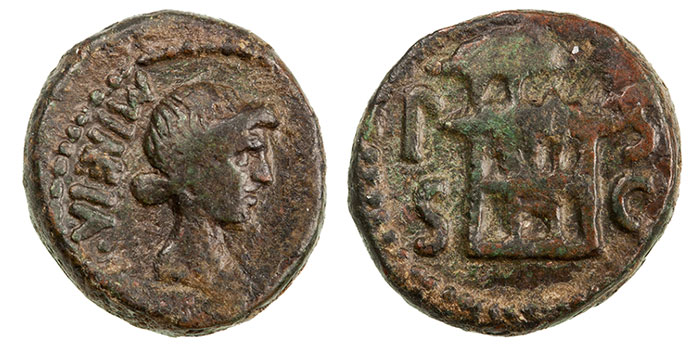
He focused on the role played by magistrates and private citizens in the production of these coinages, showing that the Paestan issues signed by private citizens acquired comparatively greater importance at the end of the first century BCE, while in previous decades local magistrates were the main issuers.
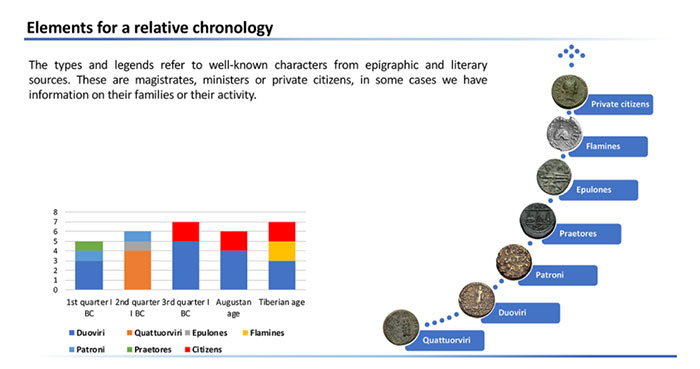
As already seen in Sicily and in Copia, names of Roman magistrates began to appear on Paestan coinage in the early second century BCE. The peak of production of Paestan coinages is however to be placed in the first century BCE, with the semis as the principal coin and the progressive disappearance of other lower denominations. The coinage produced by Paestum thus played the role of subsidiary currency, produced (once again) to make up for the absence of small change produced by Rome.
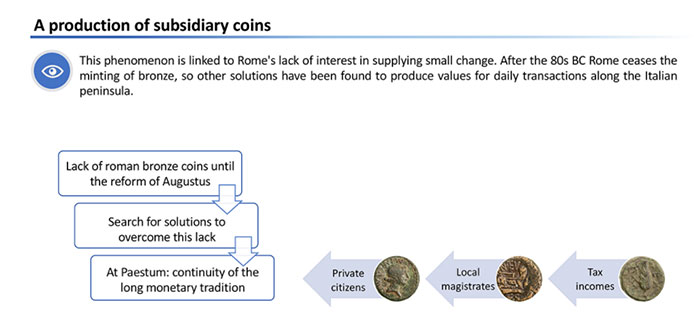
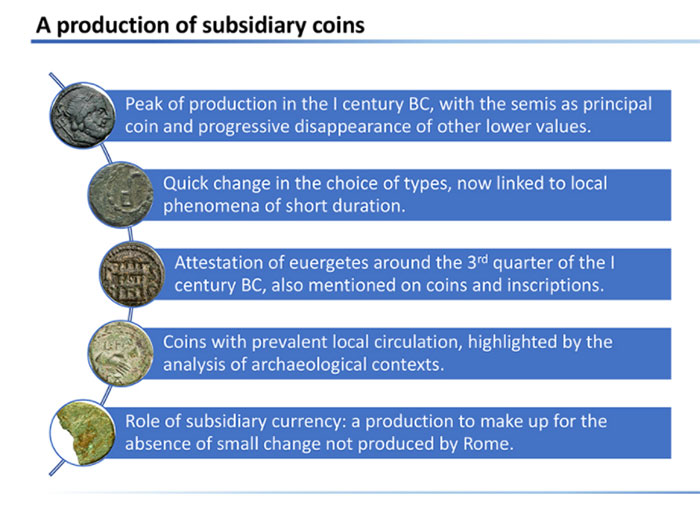
In the last paper of the session and of the conference, C. Stannard discussed the non-state coinages of Central Italy, especially that of Latium and Campania and their connection to Spain through the shared types and names of the so-called Italo-Baetican assemblage.
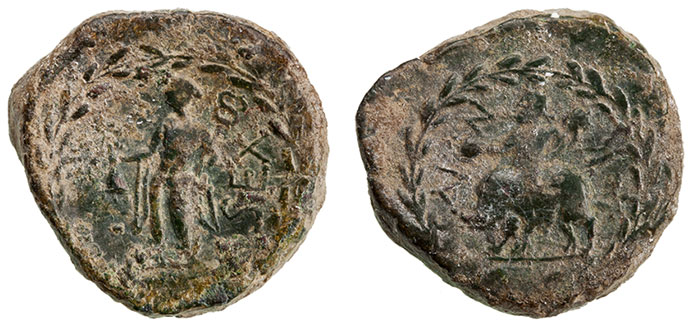

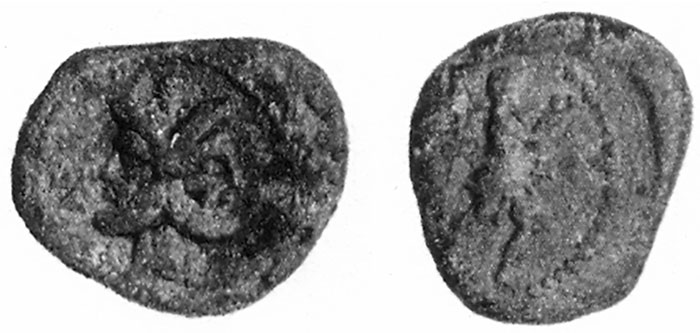
In Stannard’s words, “[t]his is a monetary history on two levels. At the more general, the non-state coinages of Latium all respond to a single historical conjuncture, namely the crisis in the availability of small change that began about in the middle of the second century BCE.”
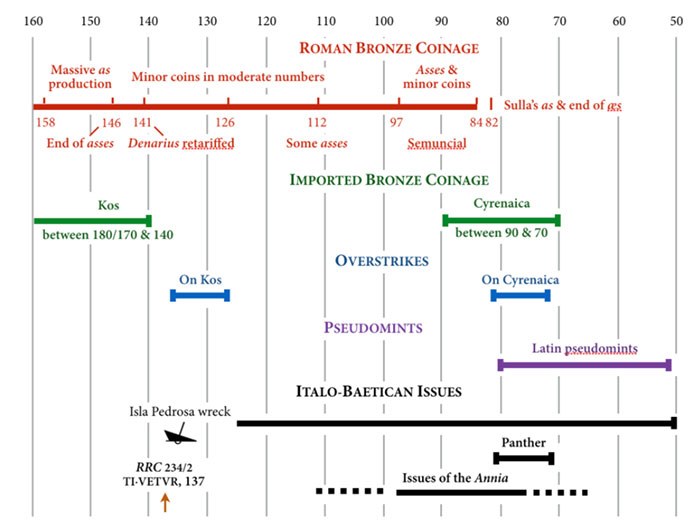
“These responses were all very local and involved many players, about whom we know little. Amongst these, the most interesting is the enigmatic group responsible for the Italo-Baetican issues.”
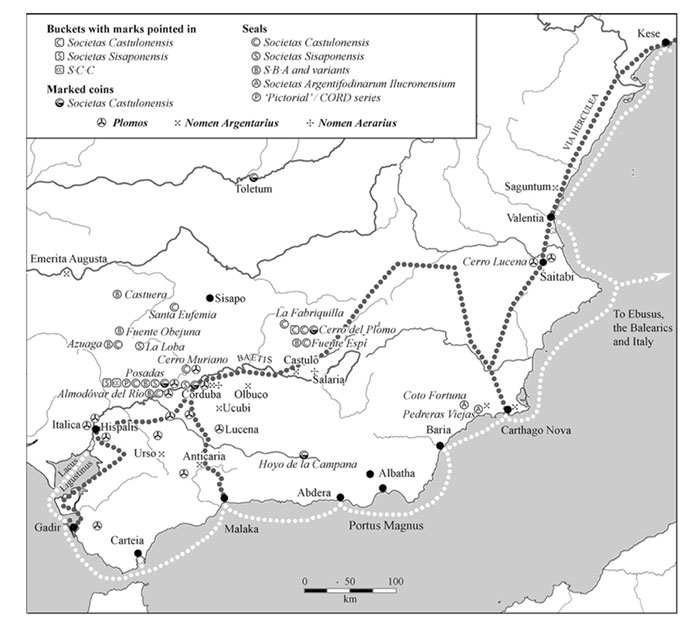
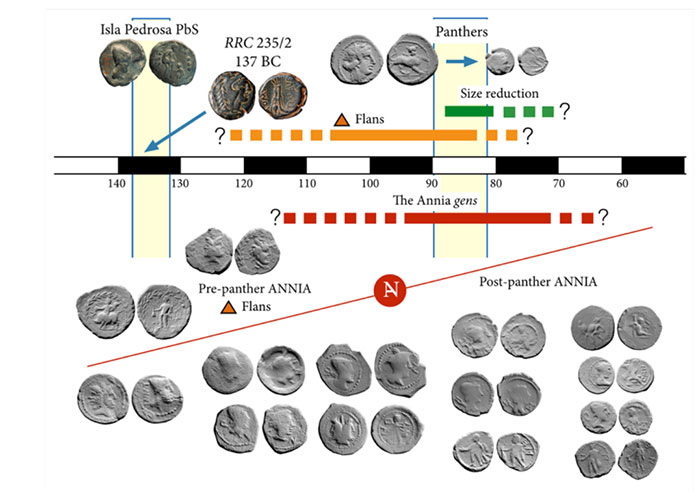
“It is surprising that so widespread a phenomenon seems to have no reflection in the literature of the time. […] The picture, as I have reconstructed it, challenges a number of assumptions about Rome’s presumed policies regarding its own minor coinage and the coinages of its colonies and allies. [It] demonstrates that Republican Rome did not interest itself in or police its colonies’ and allies’ minor coinages, nor supply and them with small change. Legalistic concepts such as ‘the right to coin’ do not seem to have purchase in this area at this time, with consequences for understanding the nature and practice of Roman expansion.”
Stannard’s conclusion certainly applies not only to his materials but also to the colonial coinages of Paestum and Copia and to the Spanish imitations of Roman Republican coinage.
Conclusion
To summarize, as far as we can tell from the evidence presented in the course of this conference, two different phenomena are at play in the western provinces.
At the beginning of the second century BCE, after silver coinage became a Roman monopoly with the Second Punic War, the Roman denominational system was adopted also for bronze coinage, with very few exceptions. Names of Roman magistrates began to appear on the local bronze coinages, first in Sicily and immediately afterward in the colonies of Southern Italy. It seems quite certain that these magistrates were local ones, as is clearly exemplified by the Paestan duoviri and quattuorviri.
In the last quarter of the second century BCE, with the conquest of Spain, the need for small change became even more acute in the West and led to the creation of a series of non-state coinages ranging from the Spanish imitations of Roman Republican bronzes to the manifold varieties of non-state coinages produced in Central Italy. The enigmatic Italo-Baetican assemblage shows the strong economic and (non-state) monetary connections between Spain and Italy in the course of the first century BCE.
In the eastern provinces of the Roman Empire, the second half of the second century BCE is characterized by the beginning of several “surrogate” silver coinages. On bronze coinage, the names of Roman magistrates began to appear in Macedonia and (we now know) in Asia in the second half of the first century BCE, but the local denominational systems were preserved.
More research is still needed, but the papers delivered in the course of this three-day conference were fundamental, as they provided an integrated approach to the monetary history of the Roman provinces in the second and first century BCE. The proceedings of the RBW Conference, edited by L. Carbone, O. Hoover, and L. Yarrow, will be published by the ANS in the course of 2022.
I also would like to take this chance to thank again the speakers (who also generously agreed to share their slides) and the sponsors of this conference, the American Numismatic Society (ANS) and the PhD Program in History at the Graduate Center, CUNY. Last but not least, my thanks (and the ones of L. Yarrow and O. Hoover, co-organizers of this conference) go to the over 300 people from more than 30 academic institutions all over the world who attended the conference.


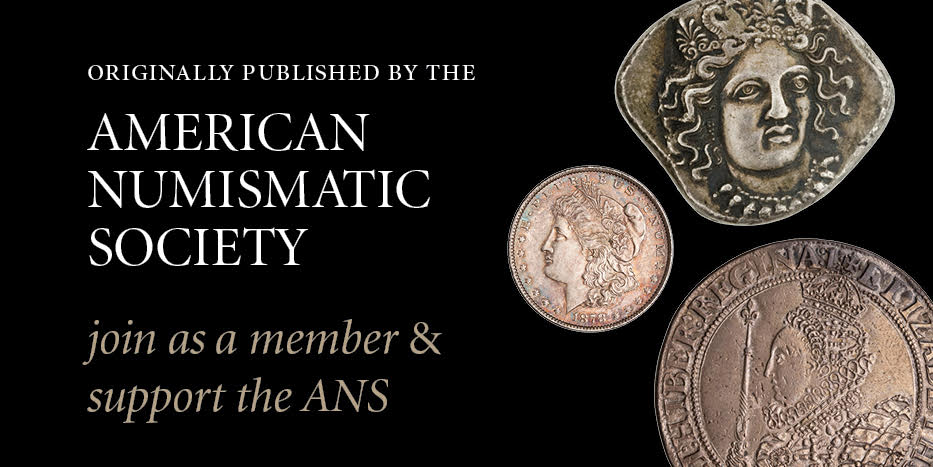



Tengo un collar antiguo con seis monedas antiguas de oro son denarios y talento de la época antes de cristo quisiera venderlos
Están en buen estado